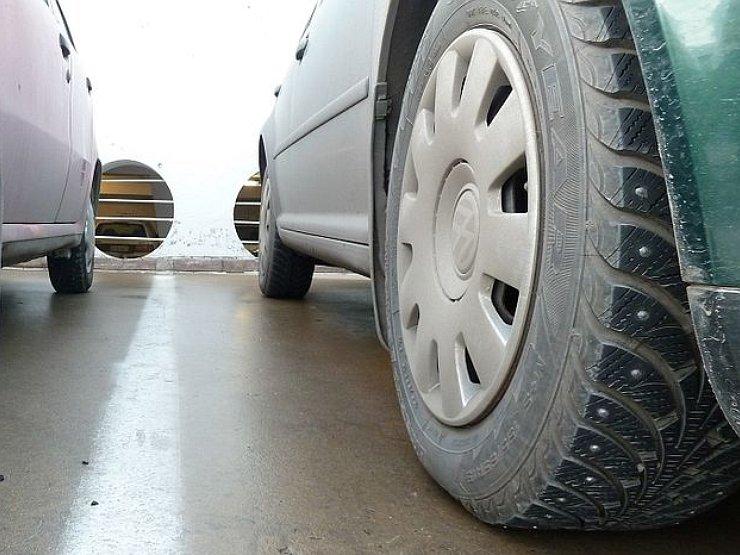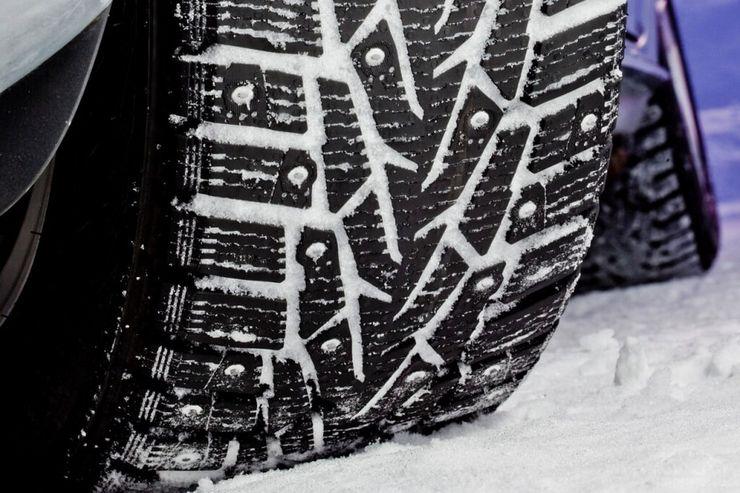
Why studded tires are needed even in autumn when there is no snow
Roads, especially in cities, are getting better, so some experts began to say that studded tires have lost their relevance and it is better to install non-studded tires. Portal "AutoVzglyad" says that you should not rush. Studs have many advantages even when there is little or no snow.
Indeed, the spikes gnash on the asphalt and this fact annoys many. However, this is a petty quibble, because the benefits of “loud” tires are incomparably greater.
For example, "nails" will help stop the car in icy conditions. This dangerous phenomenon appears on the road in late autumn, when the weather is changeable. At night it is already damp, and the temperature is around zero. Such conditions are sufficient for a thin crust of ice to form on the asphalt. As a rule, it is so small that the driver does not see it. Well, when he starts to slow down, he understands that this should have been done earlier. Non-studded and all-season tires will not help in such conditions. After all, it is the spike that slows down on ice. And on the “nails” the car will stop more confidently and faster.
A similar situation can occur when descending a dirt road. Ice appears in the ruts during the night. This increases the risk of summer tires slipping. If the dirt road becomes steeper and the rut deeper, the acceleration of the descent rate will cause the outer wheel to hit the edge of the rut when the steering wheel is turned and a tipping effect will occur. So the car can be put on its side. Spikes in this case will provide better control over the car than any other "shoes".

By the way, due to the fact that most "toothy" tires have a directional tread pattern, they behave better in the mud than "non-studded" tires with an asymmetric pattern. Such a protector more effectively removes dirt and snow-water porridge from the contact patch, but it clogs more slowly.
Finally, there is an opinion that “studded tires” slow down on dry pavement worse. This is not entirely true. Studs do not affect the coefficient of adhesion of the tire to the road. "Nails" dig into asphalt as well as into ice, only the load on them increases many times over. So the spikes fly out.
Braking performance is more dependent on the design of the tread and the composition of the rubber compound. Since such a tire is more elastic than, say, an all-weather tire, it works more efficiently at near-zero temperatures. This means that the car will stop faster.